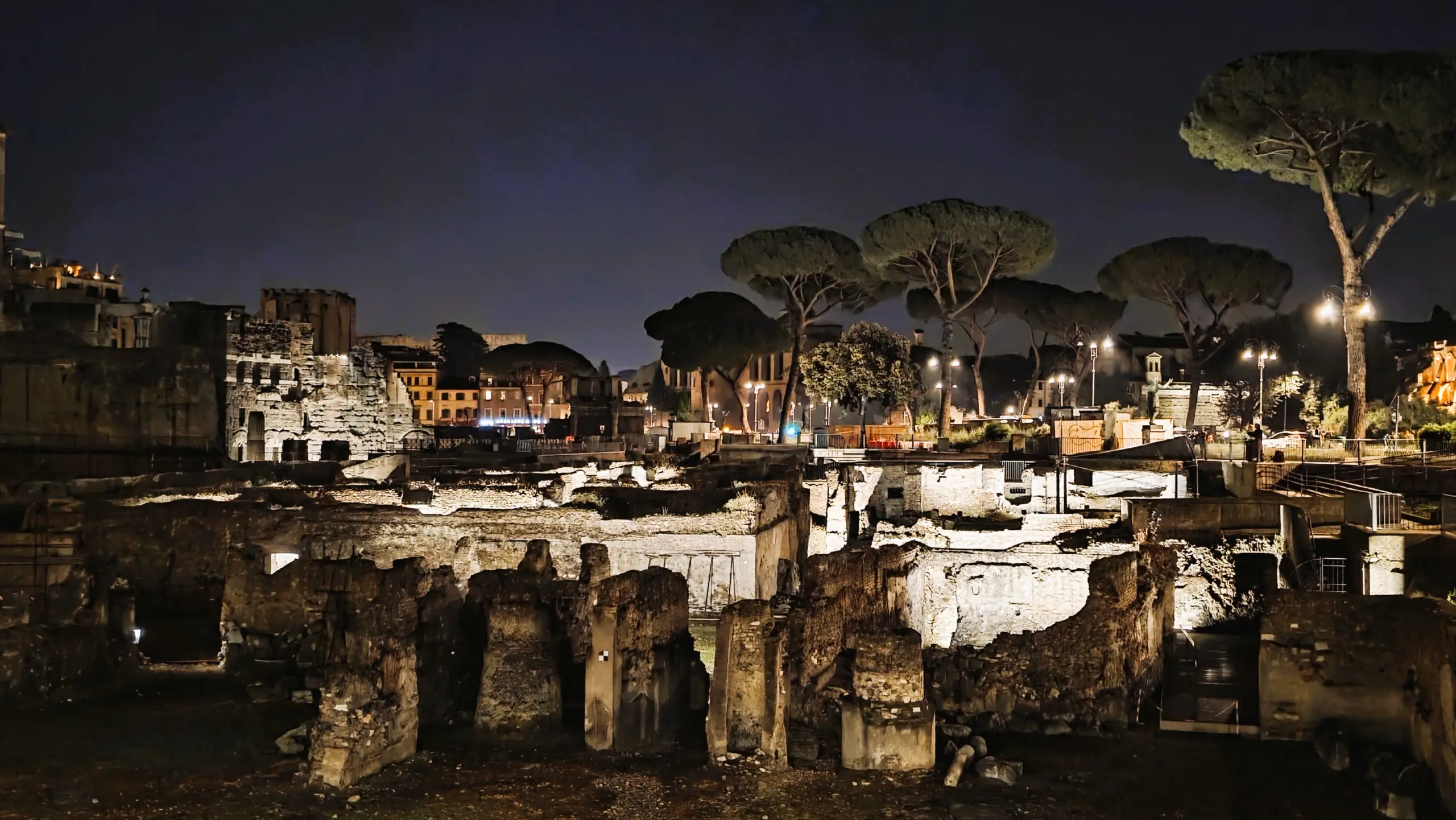Ciao amici della storia 🌍 When we walk the streets of Rome today, we see marble and light. But beneath the domes and fountains lies a history both glorious and gut-wrenching. One such moment was the Sack of Rome in 1527, a day when the Eternal City trembled, the pope fled in disguise, and beauty was buried under blood and smoke. This isn’t ancient history. This is Renaissance Rome, at its peak – and its breaking point!
🏃 A City on the Edge
In the spring of 1527, Rome was the beating heart of the Renaissance. Artists like Michelangelo, Raphael, and Bramante had transformed the city into a temple of human creativity. Pilgrims, nobles, and merchants filled the streets. The Church was rich. Papal power seemed untouchable. But politics are never still.
Pope Clement VII, a Medici pope, attempted to maintain a fragile balance of power between the rising European dynasties. But in 1526, he made a bold move: joining the League of Cognac, an anti-imperial alliance with France, Florence, Milan, and Venice. Their aim? To resist the growing dominance of Emperor Charles V. Charles V was furious. His troops, largely unpaid and composed of frustrated German Lutheran mercenaries, Spanish soldiers, and rogue fighters, were already restless. The Pope’s betrayal was the final spark.
Though Charles never officially ordered the attack, he couldn’t (or wouldn’t) stop it. His army marched toward Rome, driven by hunger, rage, religious hatred, and a thirst for revenge. And on May 6, 1527, it exploded!
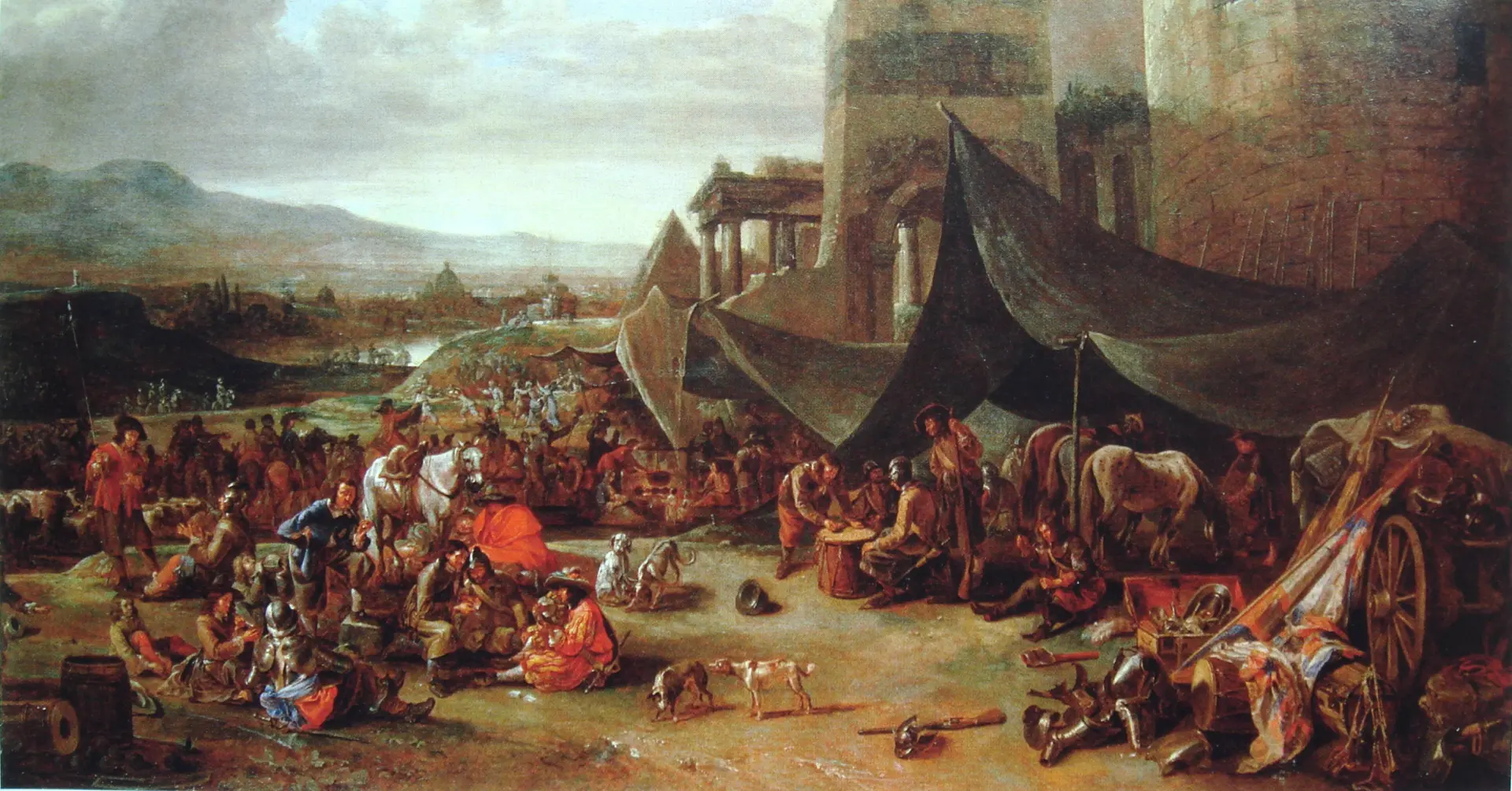
⚔️ The Invasion Begins
With no organized defense and crumbling medieval walls, Rome was hopelessly unprepared. The troops breached the city near Porta Santo Spirito, by Gianicolo Hill, and poured in. On the steps of St. Peter’s Basilica, the Swiss Guard, just 147 men, formed a final line of defense for the pope. They fought to the death. Only 42 survived, retreating with the pope as the rest were cut down. The city descended into a nightmare. Churches were looted. Monasteries became brothels. Sacred objects were desecrated. Raphael’s former villa was burned. Entire neighborhoods, including Trastevere and Campo de’ Fiori, were reduced to rubble. Rome, once a symbol of divine order, became a playground for cruelty.
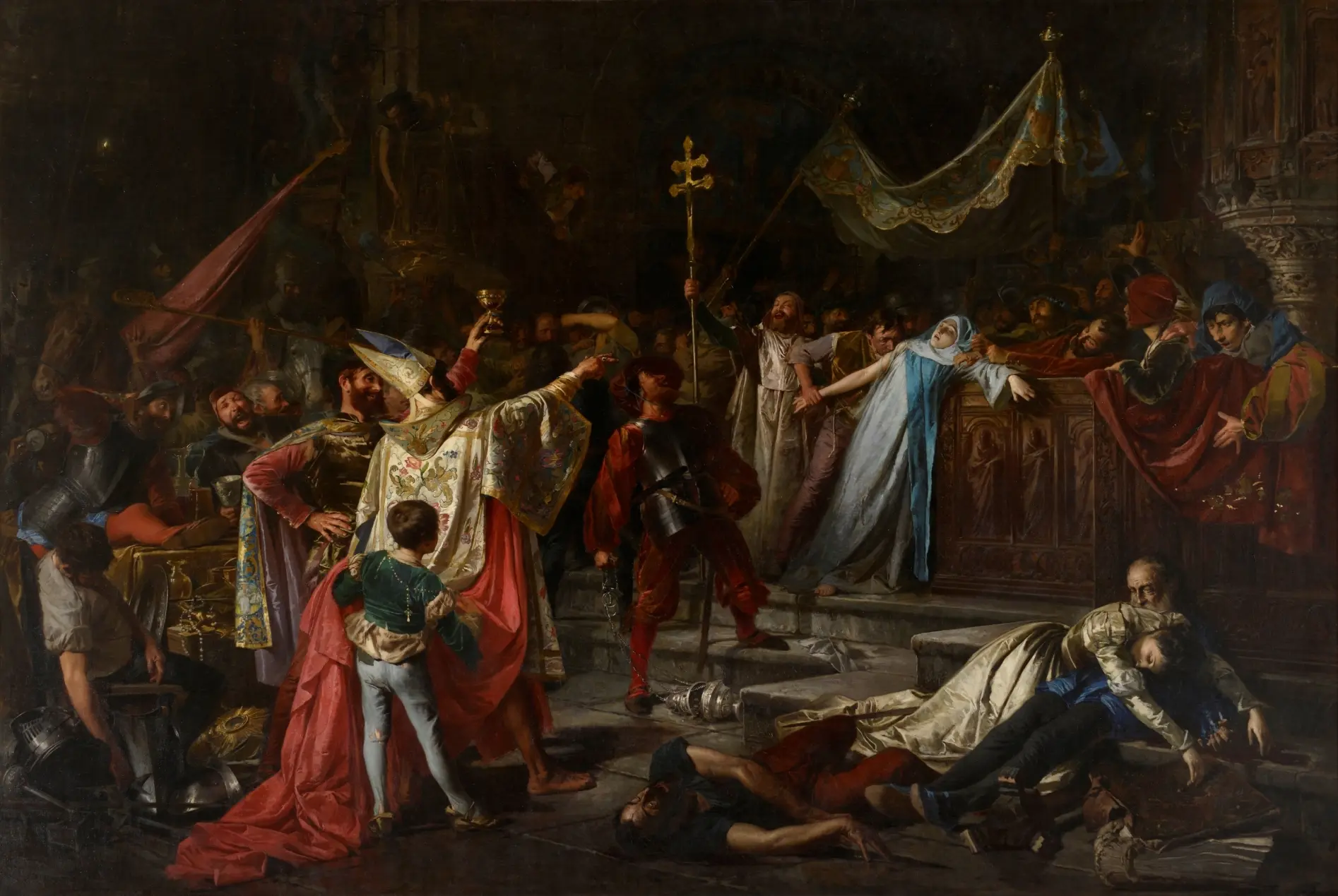
🌙 The Pope’s Escape
As his city fell, Pope Clement VII fled the Apostolic Palace through the Passetto di Borgo, a secret, elevated corridor nearly 800 meters long, linking the Vatican to Castel Sant’Angelo. Wearing a simple cloak and guarded by the surviving Swiss Guards, he slipped into the passage under cover of night, carrying only his closest aides and a few sacred relics. Fires lit the sky as he crossed.
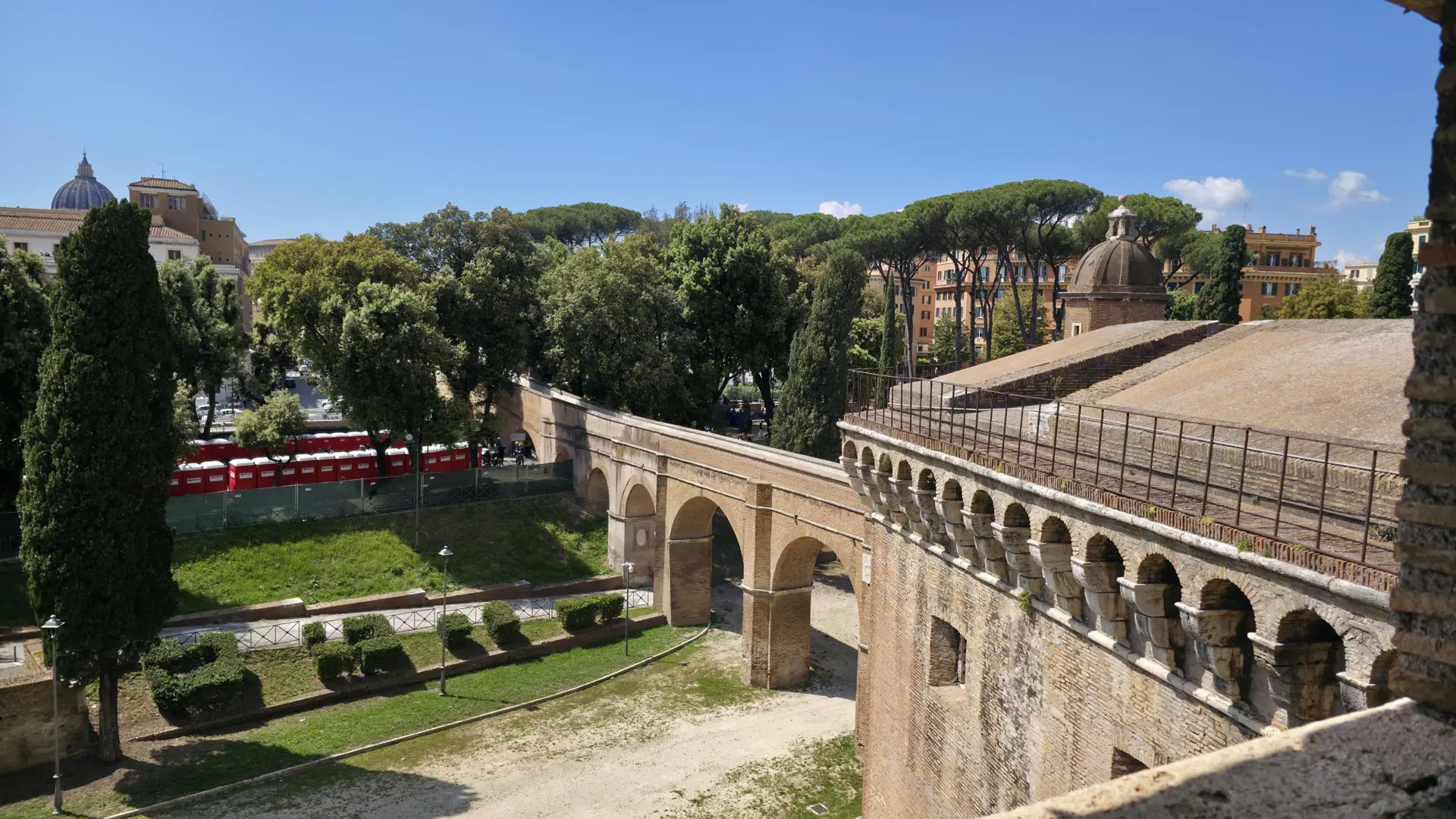
At Castel Sant’Angelo, he sealed himself inside and remained trapped for nearly a month. From its rooftop, he could see the smoke rising over the rooftops, hear the chaos echoing across the Tiber. He was the pope of the most powerful institution in Europe, and now he was a prisoner in his own city.
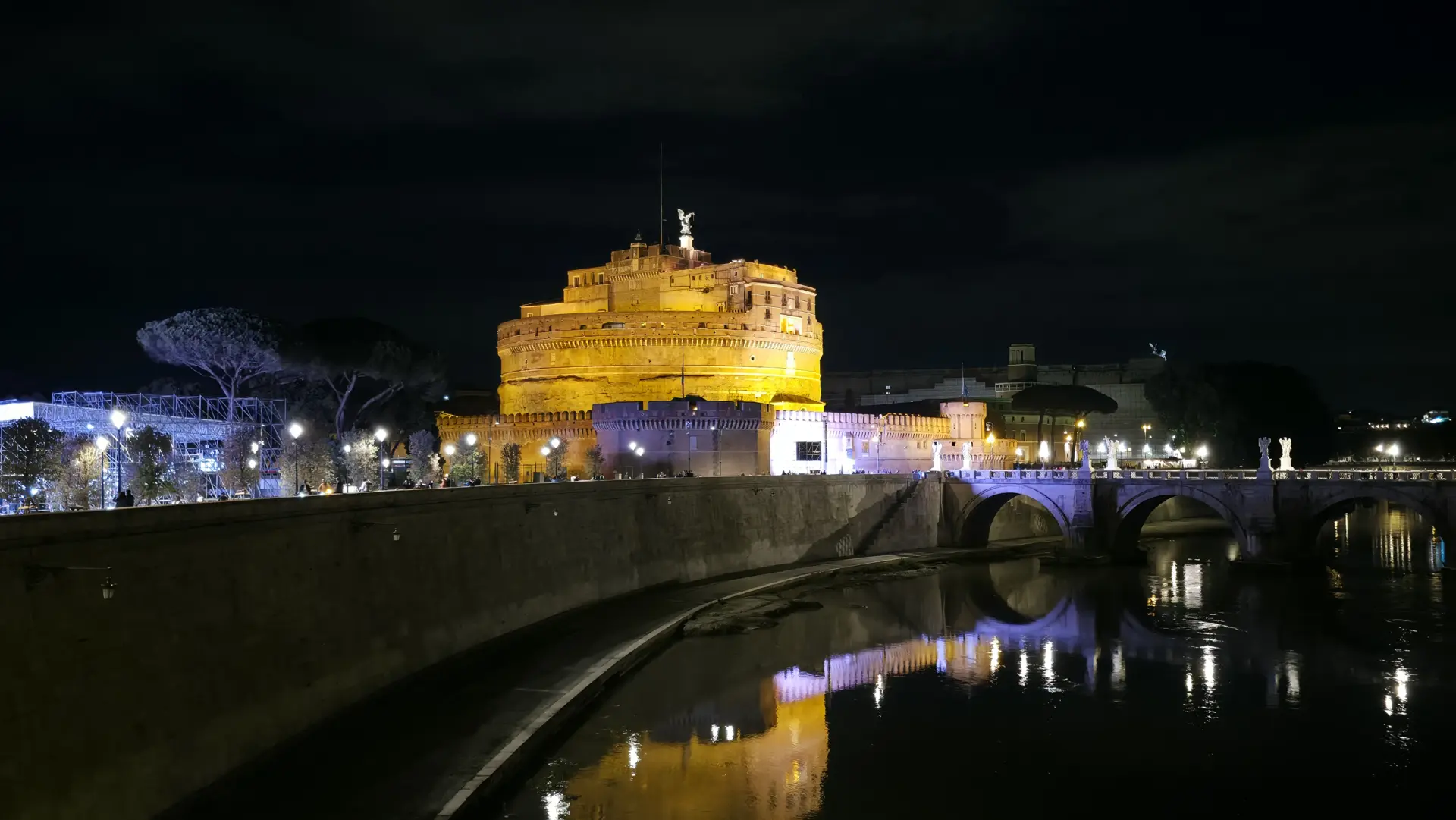
🔥 Rome in Ruins
For eight horrific days, Rome was consumed. More than 40,000 residents were killed, captured, or displaced. Monasteries like San Lorenzo in Damaso, Santa Maria sopra Minerva, and Santa Maria in Aracoeli were ransacked. Priceless manuscripts were burned. Tapestries were ripped down and traded for food. Paintings were stabbed for sport. Even sacred altars were defiled. The Pantheon was turned into a stable. This was no ordinary pillaging. It was vengeance, brutal, religious, and merciless. When the dust settled, Michelangelo would never look at Rome the same way. Neither would the world.
🧭 Where You Can Still Feel It
- Castel Sant’Angelo: Visit the very place where the pope hid. Walk its ramparts. Stand on its terrace and imagine watching Rome burn.
- Passetto di Borgo: Though often closed to the public, you can trace its line above Borgo Pio, a lifeline of history.
- St. Peter’s Basilica: Every May 6, new Swiss Guards take their oath, a direct link to the fallen 147.
- Piazza Navona, Campo de’ Fiori, and Trastevere: These once-battered areas are now vibrant again, but they remember.
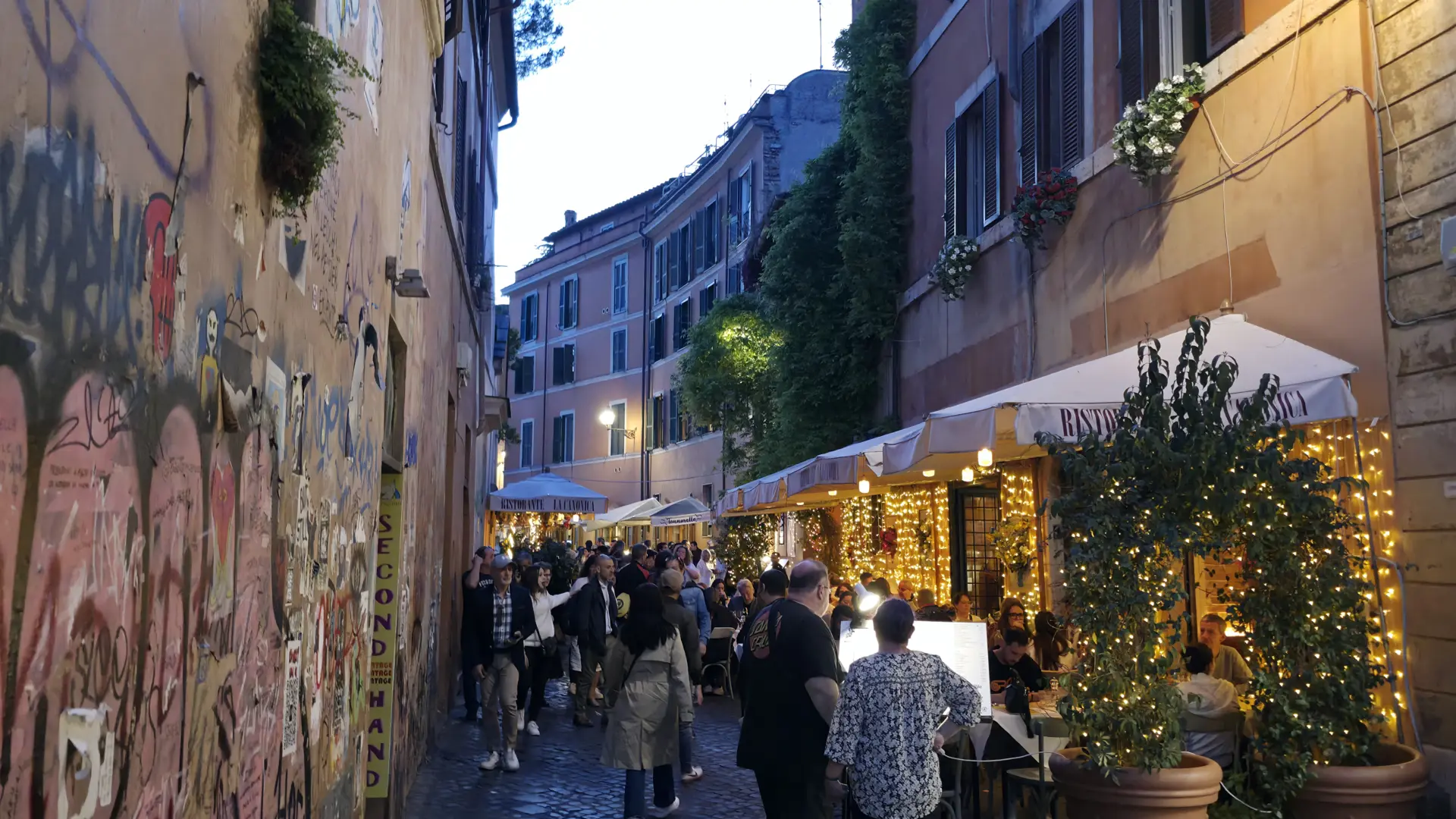
Final Thoughts
The Sack of Rome in 1527 was more than a military siege. It was a spiritual collapse. It marked the end of the Renaissance’s golden glow and the beginning of the Counter-Reformation’s long shadow. As I stood inside Castel Sant’Angelo, I imagined Clement VII, tired, furious, alone, staring out over the city he had once ruled with grandeur. What does it mean to lose control? What does it mean to survive?
Rome teaches us that beauty rises, but only after ruin. That faith is tested in fire. That memory is sacred.
So when you walk these streets and admire these stones, remember what they’ve seen. They’ve watched the city fall. And they’ve helped it rise again.
xoxo,
Bubbly 💖

